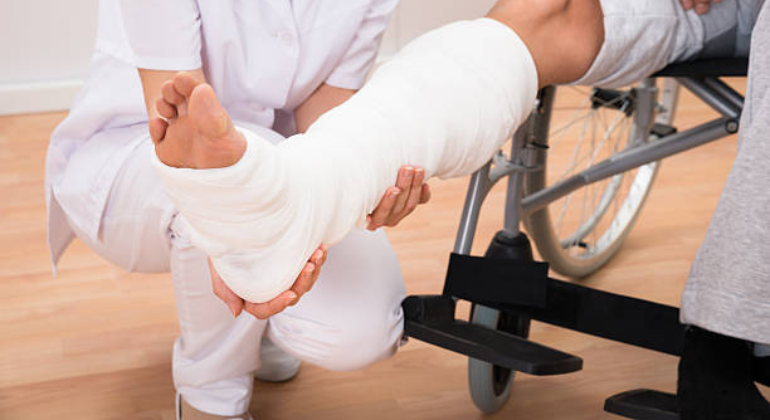Effective Post Fracture Rehab Pain Relief:
Actions To Take:
- Start rehabilitation exercises slowly and gradually increase intensity to avoid overwhelming the healing tissues.
- A qualified physical therapist can guide you through targeted exercises to improve mobility, strengthen muscles and reduce pain.
- Madication: Consult a healthcare provider for appropriate dosages or take medication provided by doctor.



















